If you’re tired of the usual vacation spots and are craving an offbeat adventure, let me introduce you to Bhitarkanika National Park in Odisha. It’s like stepping into nature’s own Jurassic Park, minus the dinosaurs but with plenty of crocodiles, lush mangroves, and migratory birds that will leave you awestruck.
This place is not only a wildlife haven but also steeped in fascinating history, once being the hunting grounds of the Kanika royal family. Today, it stands as one of India’s most biodiverse national parks and a perfect destination for eco-tourism.
Located in the Kendrapara district, Bhitarkanika is where the wild meets tranquility, and you’ll want to pack your bags immediately.
1. Reaching Bhitarkanika National Park

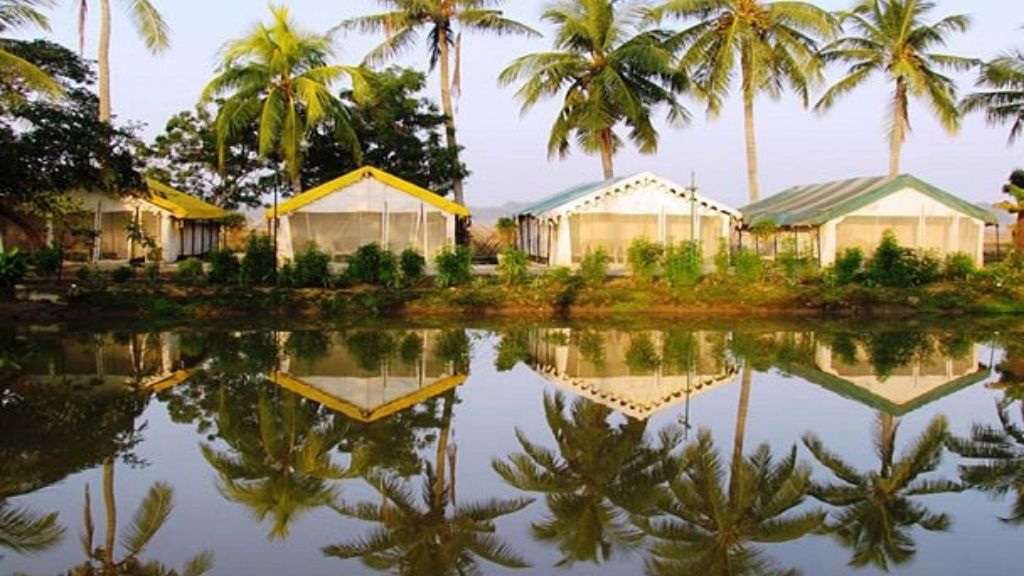
First things first, how do you get there?
- By Air: Fly to Bhubaneswar (around 170 km away), the nearest airport. From there, you can rent a cab or take a bus to Kendrapara.
- By Train: If you prefer trains, the closest railway station is Cuttack.
- By Road: Comfortable buses and private taxis can take you from Bhubaneswar or Cuttack directly to Bhitarkanika.
The journey might take a while, but trust me, once you start seeing the rivers, dense mangroves, and the occasional croc sunbathing, you’ll know it’s worth the trip.
2. Into the Wilderness: Exploring the Scenery
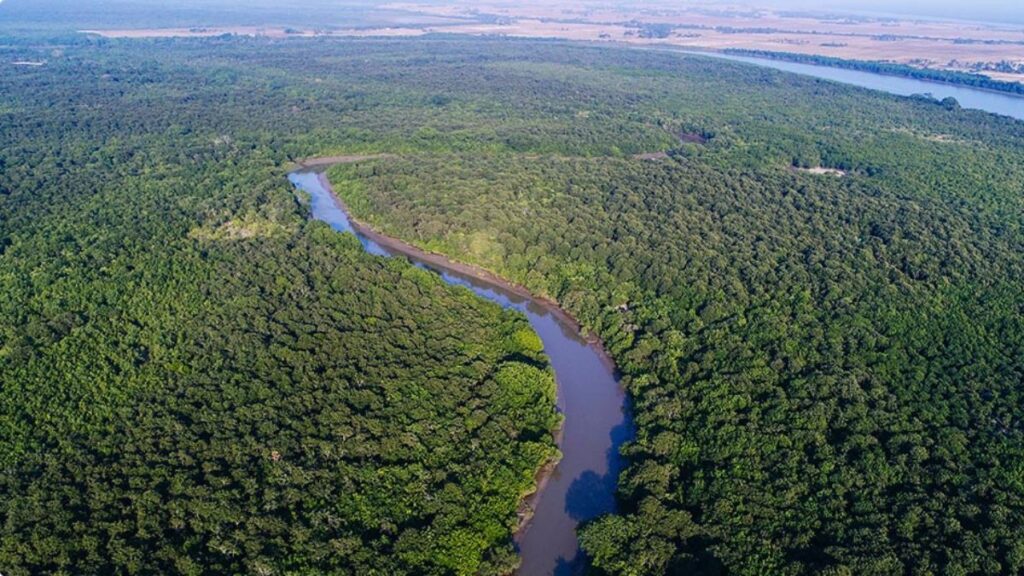
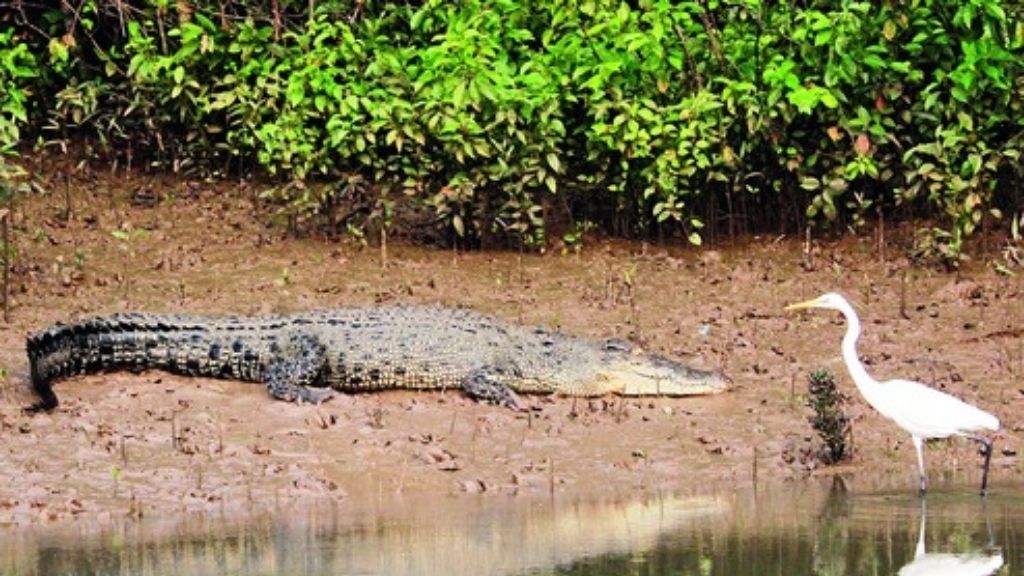
Stepping into Bhitarkanika feels like entering a whole new world.
- Mangrove Forests: Known as India’s second-largest mangrove ecosystem, Bhitarkanika is a labyrinth of tidal rivers and green canopies.
- Scenic Waterways: Hop on a boat and glide along the rivers. You’ll spot wildlife, crocodiles, and even the rare saltwater crocodile that this park is famous for.
- Walking Trails: If you’re not into boating, there are plenty of trails that lead through the forests, where you can immerse yourself in the rich greenery.
3. The Wildlife Experience: Crocs and More



Ah, the real stars of the show – the crocodiles!
- Saltwater Crocodiles: Bhitarkanika is home to one of the largest populations of saltwater crocodiles in India. These mighty reptiles can grow up to 23 feet long, so keep your camera ready but your distance safer.
- Birdwatching: Over 200 species of birds, including kingfishers, herons, and migratory birds from Europe, make this place a birdwatcher’s paradise.
- Other Wildlife: Expect to run into spotted deer, wild boars, and monitor lizards on your adventure.
Pro Tip: Carry a pair of binoculars – it’s going to come in handy for spotting birds and crocs from afar.
4. The Fascinating History
Bhitarkanika’s story begins long before it became a protected wildlife reserve. In its earlier days, the area was a zamindari forest, owned by landlords who often used the land for hunting. Fast forward to 1952, and everything changed. The Indian government took control of the land, transforming it from a hunting ground into a conservation hotspot. What was once a playground for hunters became a sanctuary for wildlife to thrive without the fear of being disturbed.
The park’s most significant conservation effort began in 1975 with the launch of a crocodile conservation project. This initiative aimed to protect the endangered saltwater crocodiles that roam the waters of Bhitarkanika. Today, it’s one of the few places in India where you can spot these majestic reptiles basking in the sun.
And if that wasn’t impressive enough, Gahirmatha Beach, located within the park, was declared a Marine Life Sanctuary. It’s now recognized as one of the world’s largest nesting grounds for Olive Ridley sea turtles. Picture thousands of baby turtles making their way to the ocean—it’s a scene straight out of a nature documentary!
More Reads: Simlipal Tiger Reserve
5. Mangrove Safari: The Highlight of Bhitarkanika
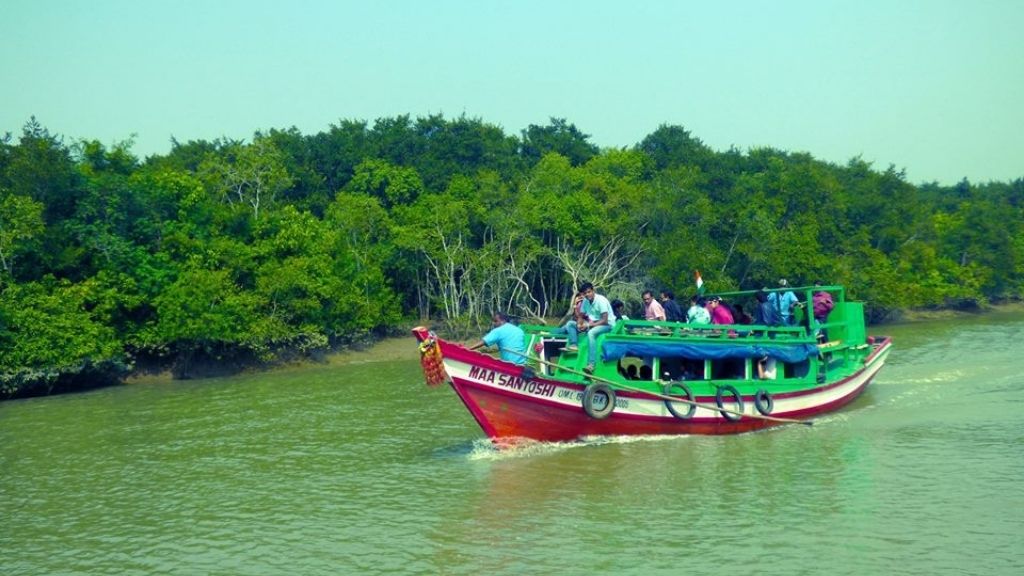
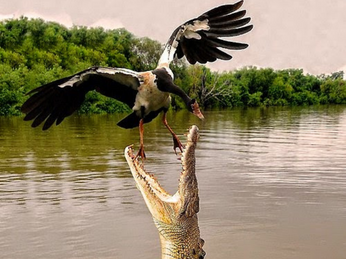
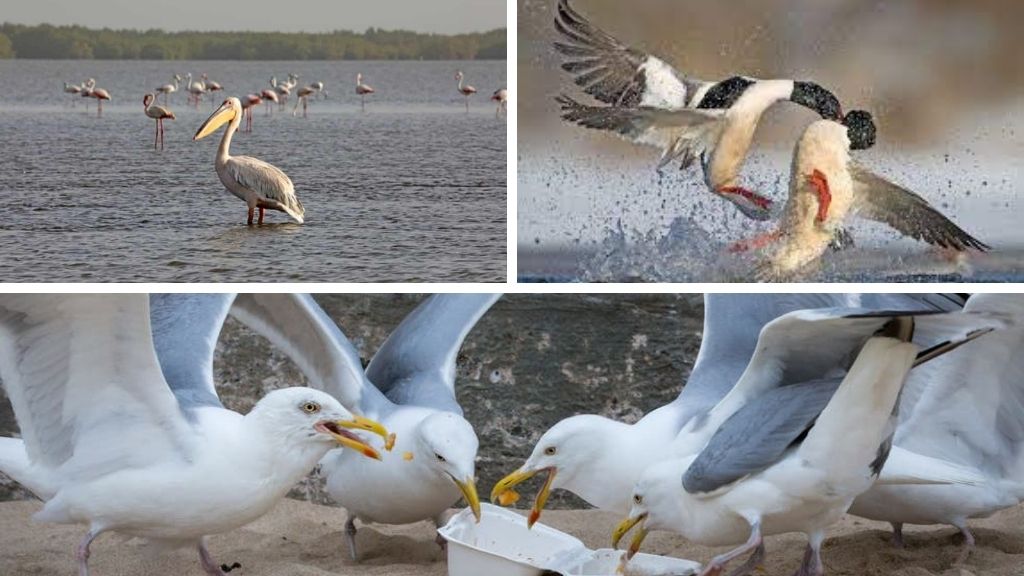
One of the most exciting things you’ll do at Bhitarkanika is the Mangrove Safari.
- Boat Rides: Take a boat ride along the Brahmani and Baitarani rivers, navigating through dense mangrove forests and watching crocodiles basking lazily in the sun.
- Spotted Crocs: The boat safari is perfect for getting up close and personal (safely) with mugger crocodiles, as well as viewing some of the park’s unique flora and fauna.
- Birds and Reptiles: Keep an eye out for the rarest birds or even monitor lizards hanging out by the banks.
Pro Tip: Early morning safaris are the best – not only is the wildlife more active, but the sunrise over the mangroves is pure magic.
6. Nature and Conservation


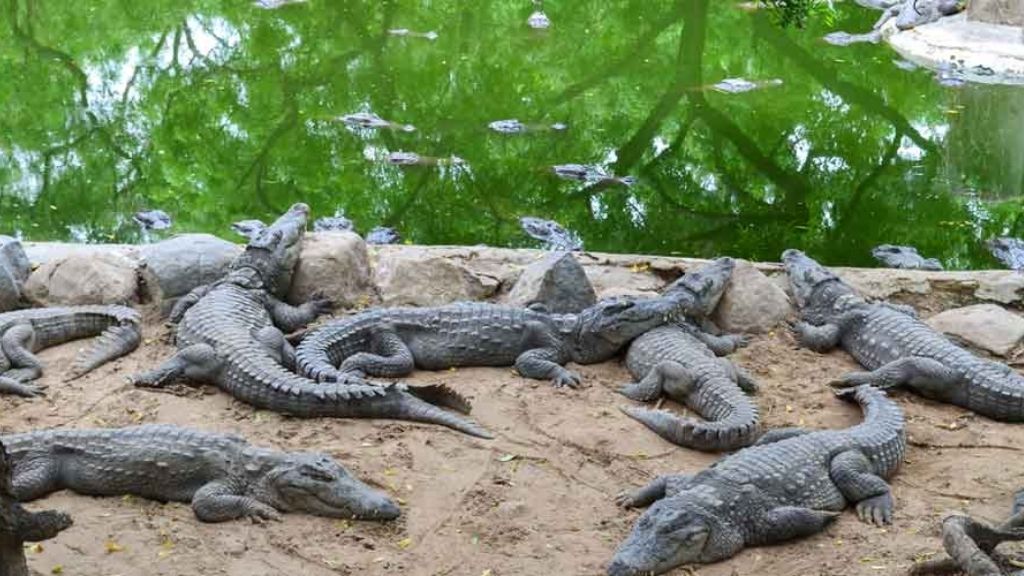
Bhitarkanika isn’t just a treat for tourists; it plays a crucial role in conservation.
- Mangroves: These mangrove forests protect the coastline and act as a buffer zone against cyclones, helping sustain the local ecosystem.
- Crocodile Conservation: The park has done a stellar job of reviving the endangered saltwater crocodile population, ensuring these giants have a safe home to thrive in.
7. Best Time to Visit & Practical Tips for Your Trip
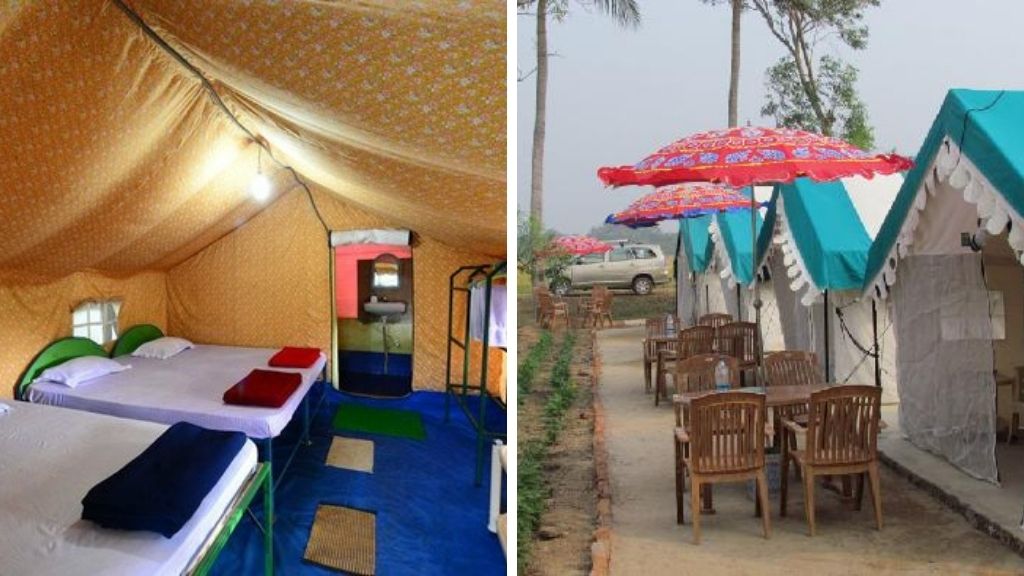

The best time to visit Bhitarkanika is between October and March. During these months, the weather is cooler, the migratory birds have arrived, and the park’s wildlife is most active. Plus, this is the perfect season for a boat safari and exploring the surroundings without the discomfort of the summer heat.
Before you start packing, here are some handy tips:
- Permits: You’ll need permits to enter the national park, which you can easily get from the park office or online.
- Clothing: Wear lightweight, breathable clothes. Don’t forget a hat, sunglasses, and sunscreen for those long boat rides.
- Stay Safe: Follow your guide’s instructions, especially around crocs. They may look lazy, but you don’t want to test their speed!
- Accommodation: Stay at the forest guest houses or eco-lodges nearby for an immersive experience.
More Reads: Satkosia Sand Resort
Conclusion: Bhitarkanika – The Hidden Wild
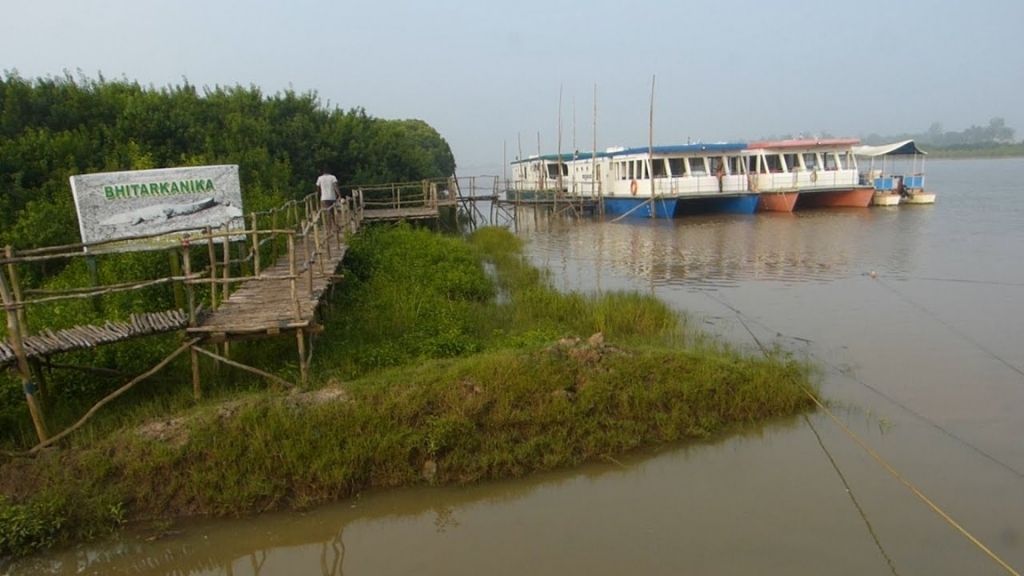
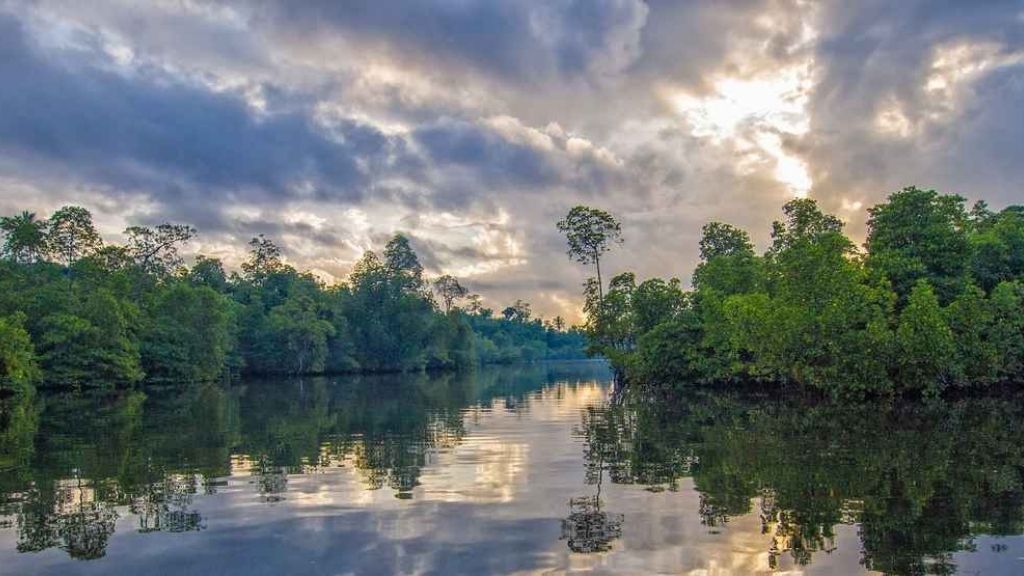
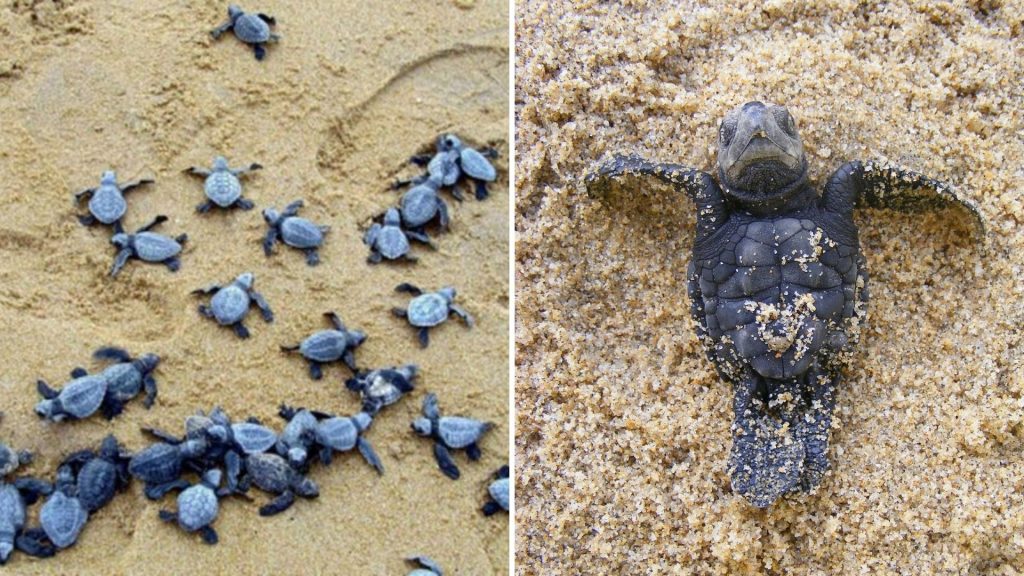
Besides the wildlife, don’t forget to explore the local villages around the park. The friendly villagers will happily tell you stories about living alongside crocs and how they’ve adapted to coexist with the park’s wildlife.
Bhitarkanika National Park is not just a trip; it’s an adventure into the wild unknown. From crocs lounging by the rivers to the beauty of mangrove forests and rich birdlife, this offbeat destination is a nature lover’s paradise. So, if you’re craving some raw, untamed beauty, pack your binoculars and set out to discover Odisha’s hidden gem.